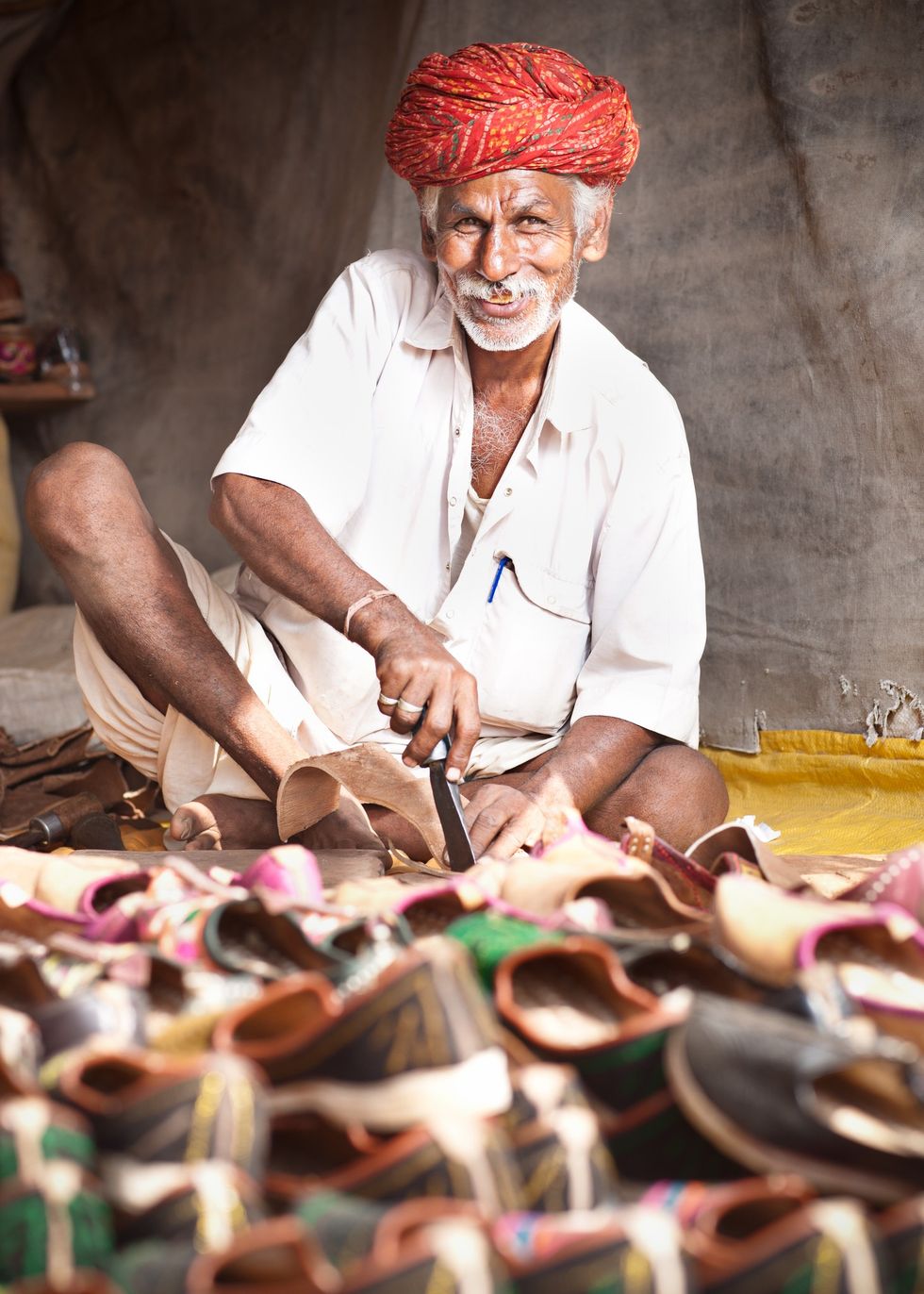Indian-British fashion model Neelam Gill, who recently set the record straight on rumours that she and Leonardo DiCaprio were romantically involved, has opened up about her beauty journey in a new interview.
Talking about the pressures of colourism, she told Vogue, “Although I grew up idolising Bollywood actresses, I didn’t see myself in them, which may be funny to people in the West, because they think, “Oh, they’re Indian, and you’re Indian,” but there was a big movement in India, especially when I was growing up, that saw beauty equated with being fair. All the Bollywood actresses would endorse skin-lightening products. Whenever I’d go on holiday and get a tan, there would be certain people… random extended family members, who would make a comment on my skin tone. I could never understand why people in our community wanted to be fairer. I was like, “We have brown skin!”
When asked about struggling with her self-image, she said that she “definitely did not feel beautiful growing up.”
“I think that followed me into my early adult years. I’ve only recently started to feel comfortable with and proud of who I am. I felt very awkward in my own body and extremely self-conscious. I hated taking pictures. My mum was always very, very glamorous and my younger sister looked exactly like my mum. And then there was me with glasses and braces. I was never known as a pretty kid and I accepted that. So, I decided to study really hard and focus on gymnastics.”
Gill, whose grandparents are from India and belong to the Sikh community of the Indian state of Punjab, shared what beauty means to her. “Having met a lot of people in this industry who match the stereotypical definition of beautiful, the ones who have left a lasting impression on me are the ones who are beautiful on the inside. I remember first coming into the industry at 18 and feeling completely out of place and not good enough. The people that I viewed as the most beautiful were the ones who stopped and spoke to everyone in the same way. For me, that’s beauty,” she said.
Stay tuned to this space for more updates and reveals.






 Shefali Jariwala death raises concern over anti ageing drugs and self medication Instagram/shefalijariwala
Shefali Jariwala death raises concern over anti ageing drugs and self medication Instagram/shefalijariwala  Anti ageing pills found at Shefali Jariwala home spark health safety debate Instagram/shefalijariwala
Anti ageing pills found at Shefali Jariwala home spark health safety debate Instagram/shefalijariwala 








 Prada confirms Kolhapuri chappals inspired its 2026 Milan collectionInstagram/
Prada confirms Kolhapuri chappals inspired its 2026 Milan collectionInstagram/ Kolhapuri chappals have been crafted for centuries and received GI tag in 2019 iStock
Kolhapuri chappals have been crafted for centuries and received GI tag in 2019 iStock 
 Wintour also became synonymous with the Met GalaGetty Images
Wintour also became synonymous with the Met GalaGetty Images
